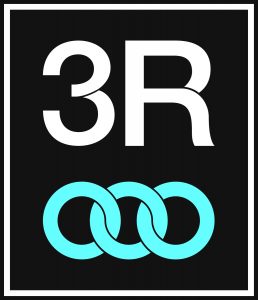150 years Davos sleigh, a living legend.
The site is still under construction. But there are already some interesting stories from our eventful past. It is incredible how the world has changed in this time. We do it here just like everyone else, we only remember the beautiful and funny, the not so great is fortunately long forgotten again.
Around 1880
In the second half of the 19th century, the first tourists, mainly from England and Germany, began to visit the popular Swiss tourist resorts in summer and winter. At that time, for example, Wagner Emanuel Heinz built the first sledges for tourists in his Wagner workshop on the Guggerbach in Davos. He is probably one of the first manufacturers of Davos sledges in today’s sense.
(Image: Archive 3R AG, St. Moritz, undated)
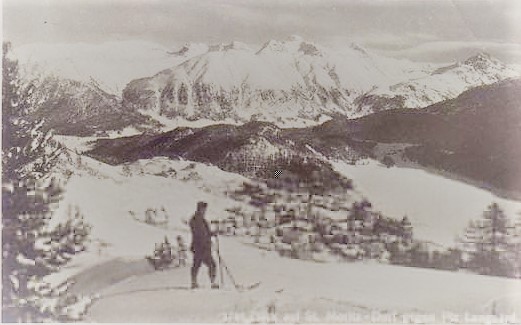
1883
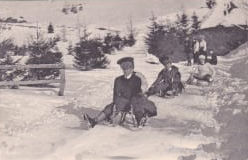
The first official sled race took place in January 1883 on the route from Davos Wolfgang to Klosters. The participants drove with simple but robust wooden sledges which were built by the Wagnerians in Davos.
(Picture: Archive 3R AG)
1890
With increasing demand Emanuel Heinz had the problem to procure suitable wood for the production of the sled runners. His Wagner colleagues Ettinger, Branger and Angerer also faced the same challenge. Soon after, the Davos craftsmen at the Sahnwaldt steam bending plant in Frauenfeld had the blanks for the runners made of ash. The technology of steam bending was further developed by Michael Thonet in Vienna and was otherwise hardly known in Switzerland.
(Picture: Archive 3R AG)
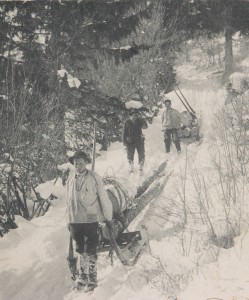
Around 1900
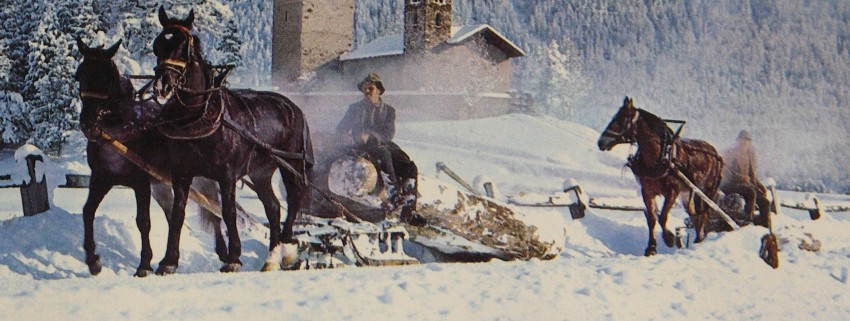
The tough-elastic ash is best suited for sledge construction. Soon wood will have to be purchased from lower regions. Ash wood is “ring porous” which means that the fast-growing tree provides the most resistant wood. The ash loves damp soils, the forests along Lake Constance and in the flat Thur Valley are ideal. Therefore the choice fell on wood from this region and was obtained together with the curved runners from the steam bending plant Frauenfeld.
(Picture: Archive 3R AG)
1922
Emanuel Friberg, the nephew of Emanuel Heinz- Friberg can take over the workshop of his uncle. In the following years he became a well-known racing sled athlete and developer of sledges.
(Picture: Archive 3R AG)
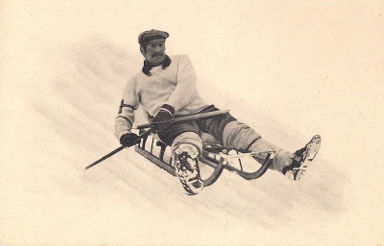
1930
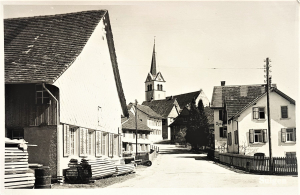
At the age of 27, the Wagner journeyman Ernst Graf buys the present company property at Kirchstrasse 1 in Sulgen. The barn with stable attached to the house was converted into a bright wainwright’s workshop and from the beginning he also built sledges for sale from the workshop. The previous owner Emil Landenberger had founded and operated the Raiffeisenbank Region Sulgen there, still in his living room.
(Picture: Archive 3R AG)
The Kirchstrasse in the 1930s. on the left the Wagnerei Graf
1935
The wood bending plant in Frauenfeld had to close down due to the economic crisis, machines and inventory were auctioned off. The guild of the Thurgauer Wagner decides at an extraordinary general meeting that only the Wagner master count from Sulgen will make a bid and that nobody else would bid. The agreement is successful and the know-how of bending remains in the region.
(Picture: Archive 3R AG)
View into the newly equipped workshop with “modern” machinery with electric motor and transmission drive.
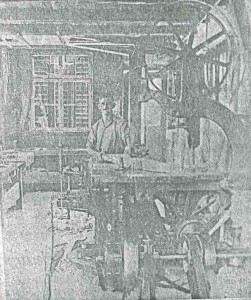

1936
The steam bending shop is set up in a specially constructed annex. The sled deliveries to the Davos Wagner such as Angerer and Ettigner can be taken over together with the customer base from Frauenfeld.
1947
After the end of the 2nd World War, the short “renaissance” of Wagner products is over. The last wooden bridge car leaves the workshop in Sulgen. For a memorable picture one presents oneself once again to the photographer in front of the workshop (today’s office).
In the same year, an attempt is made to expand the added value by building a small gate sawmill. However, their operation was discontinued a few decades later due to underutilization.
(Picture: Archive 3R AG)
People from left to right: The company founder Ernst Graf (1903), the children Kurt, Heinz, Herbert and to the right of the car the then junior boss Ernst Graf (1926). Then the Wagner journeymen Bruno Broger and Lenard Reller, the child is unfortunately unknown to us.
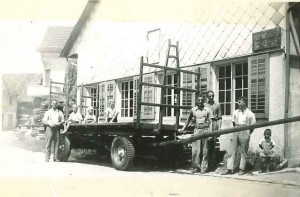
1948
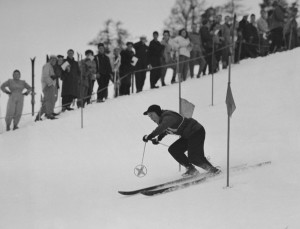
In the Olympic year Ernst Graf junior works at the Wagnerei in St. Moritz as a ski wagner. At the ski service for the different athletes he learns a lot about the state of the art in ski construction at that time. The prospective young entrepreneur recognizes the future market of winter sports. But in the following decades, many Swiss ski wagons are overhauled by the new technology and are left behind by large companies. Modern coverings, steel edges and sandwich gluing will require industrial production.
But for the foundation of the ski and sports business in the 60s, the Graf family can rely on great know-how and experience. Which the customers appreciated very much.
1959
In Switzerland, the Davos sledges and skis are still produced by some small regional companies. For many decades these, the bent blanks, have been obtained from Graf in Sulgen.
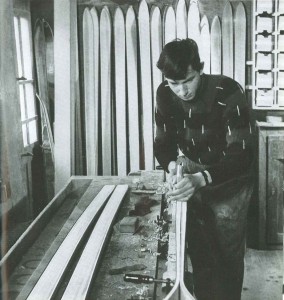
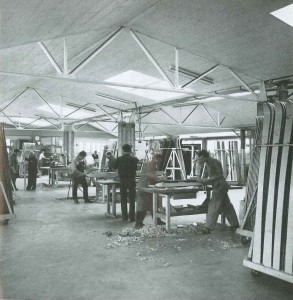
1964
Herbert and Ernst Graf jun. take over the company from their father. The two also rely on the increasingly widespread sport of skiing. If your father had already manufactured the first skis in his wainwright’s workshop, you too, in addition to wood bending, were also banking on the manufacture of skis.
(Picture: Archive 3R AG)
1965
There is also a small shop for ski and winter sports equipment. Skis and sledges made of wood are, as usual at that time, still made by the company itself.
(Picture: Archive 3R AG)
Winter sports become more and more popular, here a toboggan race on the Rigi in the 1960s
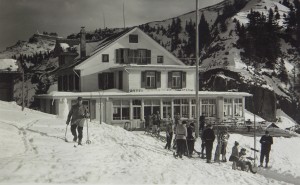
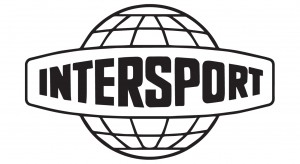
1968
The Graf brothers are involved as dealers in the founding of Intersport. “Ski Graf” from Sulgen becomes a regional term for all winter sports fans.
1969
The Intersport buyer asks Ernst and Herbert Graf whether they would also supply the Davos sledges they have been producing for years for resale. As the two of them have the equipment and the know-how for the serial production of sledges, they accept the order.

1970
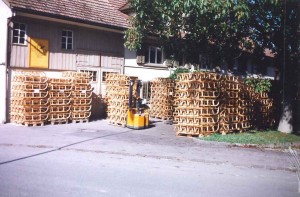
The first sleds for resale by Intersport dealers leave the workshop in Sulgen. As before, all other sled builders in Switzerland are also supplied with skids from Sulgen.
(Picture: Archive 3R AG)
A familiar picture for the residents of Sulgen: As every year, the wooden sledges are made available for transport from September onwards.
1971
The factory hall, today’s “machine room”, is built.
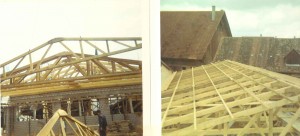
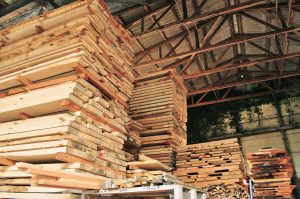
1972
The large warehouse for storing ash wood is built.
1978
The production of Grindelwald sledges is started. It is a sled similar to the original Davoser. However with a typical Bernese Oberland seat construction
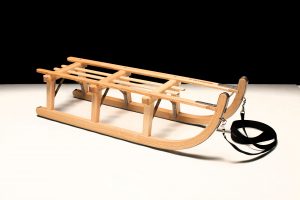
1984
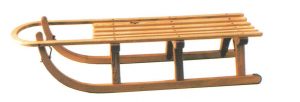
The first special sledge for rental, the typical “Bergüner” sledge is developed. The special feature are the continuous outer strips at the front in an arch. Which results in a round arch as a deflector in collisions.
1986
Ernst and Herbert Graf found a joint stock company, Graf Holzwaren AG.

1987
The Graf brothers buy the shop at Hauptstrasse 26 to run a winter sports shop.
1997
With the model Flizzer in the length 90 and 105cm the first movable and thus steerable toboggan is produced. The versatile family toboggan becomes a true success model. In 2006, the Flizzer was also launched on the market with a length of 120cm as a 2-seater for adults.
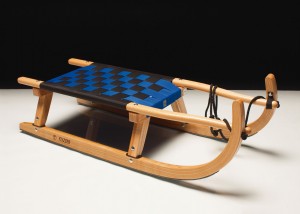
2001
Erwin Dreier, a trained Wagner and master carpenter, joins the company as managing director.
2002
As planned, Graf Holzwaren AG is taken over by Erwin Dreier in August.
“Back to the roots” is the name of the new strategy, which concentrates solely on the two core competencies of the well-known sled brand and steam bending.
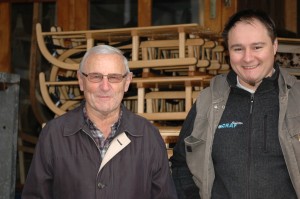
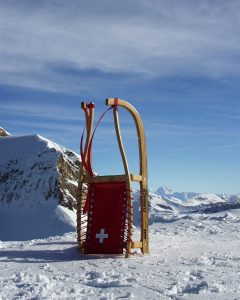
2003
In cooperation with Erhard Zumbach from the Thun Toboggan Club, the Zumbach sport and classic sports toboggan types are developed.
2004
Hansruedi Baumann from Zurich wins the Swiss natural track luge championship for the first time with a Zumbach Sportrodel from Graf.
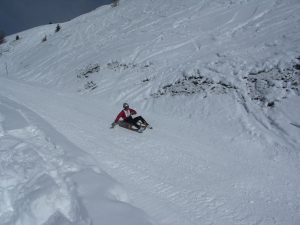
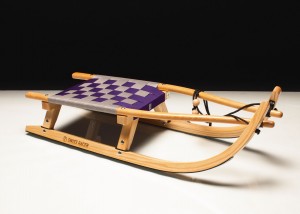
2005
The range of leisure toboggans is complemented by the swiss racer model. An agile single-seater for upright but low seating position.
2006
The successful Zumbach toboggans will be further developed. The new series is called Z-series.
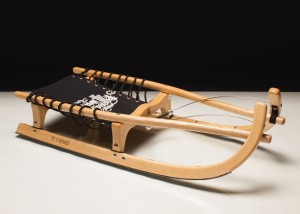
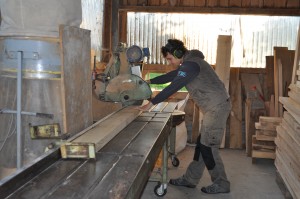
2007
After an interruption of more than 10 years, young people are again being trained as Wagnerians in the wainwright’s workshop in Sulgen. Since August 2014, the profession has been renamed: Schreiner Fachrichtung Wagner.
2014
GRAF Holzwaren AG has been owned by Erwin Dreier, a Wagnerian, for 12 years. He decides to reposition the company. The name will be changed to 3R AG as of 2015.
